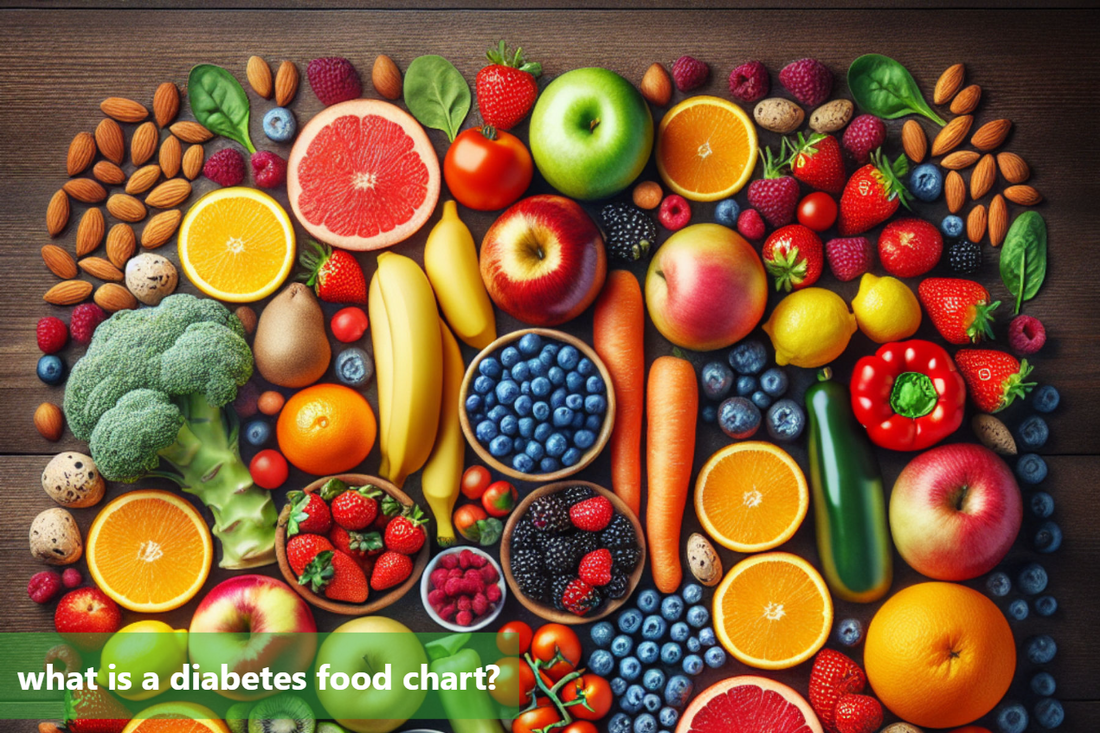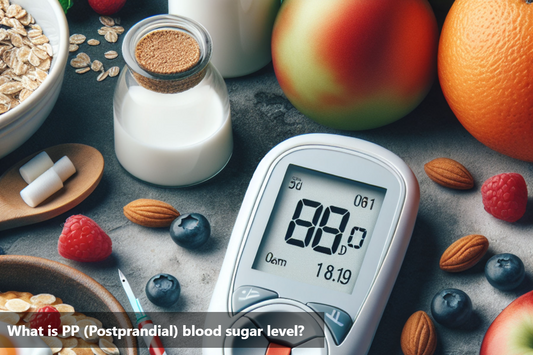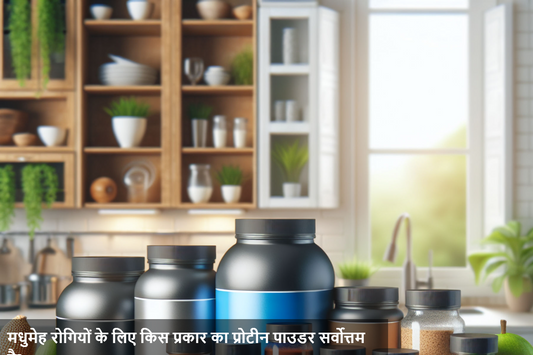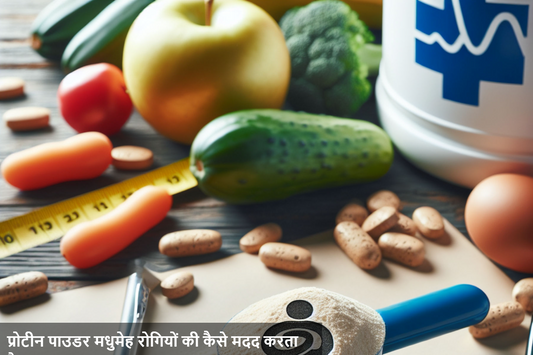An essential tool for managing diabetes is a diabetes food chart. It outlines foods for stable blood sugar levels, including carbohydrates, proteins, healthy fats, fruits, vegetables, and whole grains. Following this plan helps control blood sugar levels and reduce diabetic complications. This chart guides individuals in creating balanced meals to improve their quality of life and health.
What to Include in a Diabetes Food Chart
When creating a diabetes food chart, it is essential to include a variety of food groups to ensure a balanced and healthy diet for managing blood sugar levels effectively.
Carbohydrates: Opt for complex carbohydrates like whole grains, legumes, and vegetables, as they are rich in fiber and have a gradual impact on blood sugar. Examples include quinoa, brown rice, and sweet potatoes.
Proteins: Lean protein sources such as chicken breast, fish, tofu, and legumes are vital for muscle repair and overall health. Incorporating protein in each meal can help in maintaining stable blood sugar levels.
Fats: Include healthy fats like avocados, nuts, seeds, and olive oil in moderation. These fats are beneficial for heart health and can aid in better insulin sensitivity.
Fruits and Vegetables: Choose a variety of colorful fruits and non-starchy vegetables to get essential vitamins, minerals, and antioxidants. Berries, leafy greens, and bell peppers are great choices for diabetes patients.
Whole Grains: Whole grain options like oatmeal, whole wheat bread, and quinoa provide fiber and nutrients. They help in regulating blood sugar levels and keeping you full longer.
By incorporating these food groups into your diabetes food chart, you can create a balanced and nutritious diet that supports your overall health and well-being.
What to Avoid in a Diabetes Food Chart
Sugary drinks are a major culprit when it comes to disrupting blood sugar levels in diabetes patients. They can cause sudden spikes in blood glucose, leading to complications in managing diabetes effectively.
Processed foods, often high in added sugars, unhealthy fats, and salt, can wreak havoc on blood sugar control. Avoiding these items can significantly improve overall health and blood sugar regulation.
White bread and other refined grains can be detrimental to diabetes patients due to their rapid digestion, causing quick spikes in blood sugar levels. Opting for whole grains is a healthier choice for stable and sustained energy.
High-fat dairy products, while tasty, can pose challenges for diabetes patients. Their saturated fat content may contribute to insulin resistance and worsen blood sugar control.
It's important for individuals with diabetes to steer clear of these foods and opt for healthier alternatives like whole fruits, vegetables, lean proteins, and low-fat dairy to maintain stable blood sugar levels.
By being mindful of food choices and avoiding these items in their diabetes food chart, patients can better regulate their blood glucose levels and overall health in the long run.
Consult with a healthcare provider or nutritionist for personalized guidance on creating a diabetes food chart tailored to individual needs and preferences.
Creating a Personalized Diabetes Food Chart
Schedule an Appointment: Begin by scheduling a consultation with a healthcare provider specializing in diabetes management to assess your health status and create a personalized food plan.
Consult with a Nutritionist: Seek guidance from a nutritionist experienced in crafting diabetes-friendly meal plans to help balance carbohydrates, proteins, and fats effectively.
Discuss Preferences: Share your food preferences, cultural influences, and lifestyle factors with the healthcare provider or nutritionist to receive recommendations that align with your tastes and routines.
Follow-Up Appointments: Regularly meet with your healthcare provider or nutritionist for monitoring progress and making necessary adjustments to your diabetes food chart for effective management of your condition.
Example of an Ideal Indian Diabetes-Friendly Diet Chart
Meal |
Time |
Foodstuffs |
|---|---|---|
Breakfast |
8-9 am |
A bowl of vegetable upma and a beverage of choice |
Mid-morning snack |
11 am |
A bowl of fresh seasonal fruits like apples, guavas or pears |
Lunch |
1-2 pm |
2 chapatis, 1 bowl of rice, 1 bowl of vegetable/non-vegetarian curry, dal, salad, and raita |
Tea time |
4 pm |
Black/green tea with roasted chana or sprouts |
Evening snack |
7 pm |
A bowl of veg/non-veg soup |
Dinner |
8-9 pm |
2 chapatis, 1 bowl of rice, 1 bowl of vegetable curry, dal, and salad |
Bedtime snack |
10 pm |
1 glass of turmeric milk |
Bottom line:
In conclusion, understanding a diabetes food chart's importance is crucial for managing diabetes effectively. This tool helps regulate blood sugar levels and enhances overall health by balancing nutrients from different food groups. Key components include carbohydrates, proteins, fats, fruits, vegetables, and whole grains, which stabilize glucose levels and boost well-being. Including lean proteins, leafy greens, and whole grains ensures a balanced, nutritious meal plan tailored to individual needs.
It is essential to avoid or limit foods like sugary drinks, processed foods, and high-fat dairy that can negatively impact blood sugar levels. Following a personalized diabetes food chart can significantly improve diabetes management and overall health. Collaborating with healthcare providers or nutritionists to create a tailored diet plan can lead to a healthier lifestyle and better well-being. Embrace a diabetes food chart to take control of dietary choices and strive for improved health and longevity.
This Blog post is an initiative by DiabeSmart, to provide accurate and Nutritionist / Doctor approved information related to Diabetes. DiabeSmart is India's first Food brand designed specifically for Diabetics, that has been clinically tested on Diabetics and Pre-Diabetics to deliver 55% - 70% lower Sugar spikes. DiabeSmart is part of Lo! Foods - India's leading brand for Everyday Functional Health foods.













